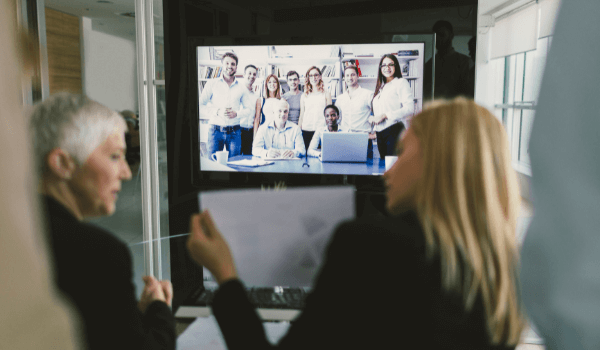COVID-19 has changed the way we work, maybe forever. Companies were forced, almost overnight, to transition their entire workforce from offices to working from home. Managers and team leaders navigated the sea of emerging technology to find the most effective tools for collaboration and productivity.
In the months since the initial lockdown orders, employees everywhere have proven they can stay on task without constant office supervision and that teams can continue to get things done without face-to-face meetings.
That said, the honeymoon phase of WFH is winding down. We miss our colleagues, our desks, and the weekly happy hours. But businesses contemplating a return to the office have to find solutions for things like desk arrangements, shared office snacks, and reduced office capacity.
These concerns and more are what have us asking two questions: Is a return to the office really worth it? And what does the future of the workplace look like?
Is a return to the office worth it?
The short answer? Yes and no.
Office space is important, but if there’s one thing Covid has taught us it’s that being in the office isn’t a prerequisite to being productive. In fact, many employees profess to be more productive working from home, a claim that is echoed by their KPIs. We’re finding that working from home means fewer distractions and deeper focus. We’re getting our work done, developing new skills (bake-off anyone?), and spending more time with our loved ones.
New technology has allowed for effective team collaboration to continue throughout the pandemic despite team members working from different places and time zones.
So if our work is as good or better than it was pre-COVID, why go back to the office at all?
Well, because getting work done isn’t the only reason we go to work. Humans need interaction with other humans to stay alive. Nationwide lockdowns and increased social distancing have only added to our innate desire to be with other people. Colleagues miss the impromptu hallway conversations that spark innovation and strengthen inter-employee relationships. For a company, office space is a catalyst for culture building and innovation. Both of which are critical to a business’s survival.
What does the future of the workplace look like?
Perhaps the biggest change coming to the workplace is a shift from the perception of the ‘workplace’ being a singular location to being an ecosystem of locations and experiences to allow for flexibility without sacrificing culture and creativity.
The purpose of the office will no longer be to provide employees a place to work, but to give workers a place to connect, bond, and learn from each other all in an effort to strengthen the company and team culture.
Expect companies to cut back on square footage wherever possible and institute limited daily capacity to ensure proper social distancing. New technologies, like Tactic, allow leaders to limit the number of employees coming in to work each day and monitor the use of workstations and conference rooms.
Oh, and expect lots of hand sanitizer and Clorox wipes. Lots.
